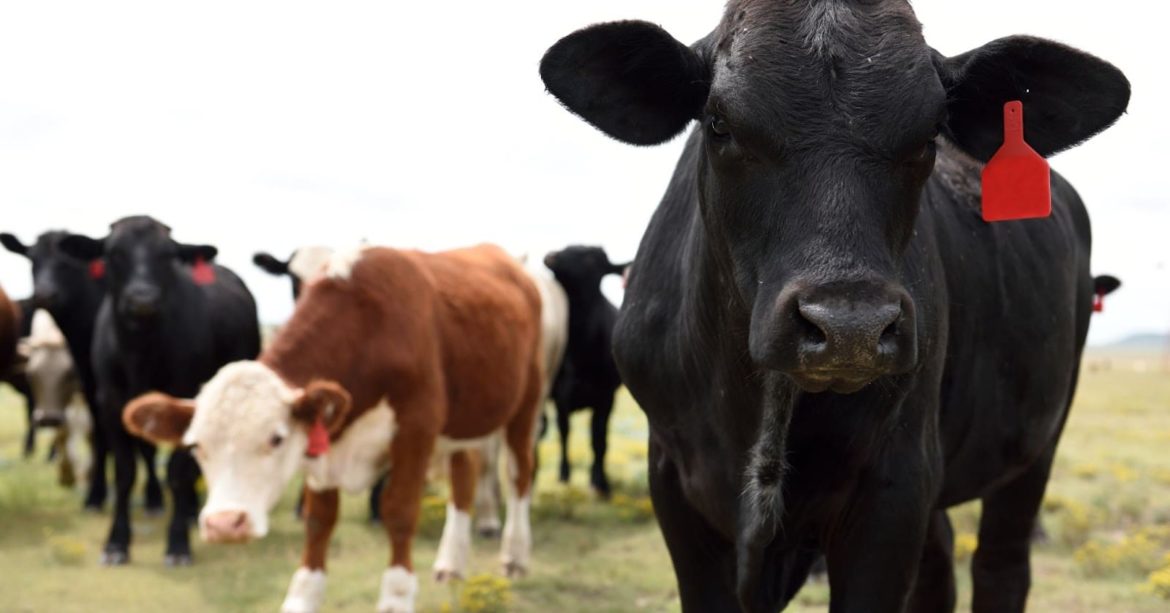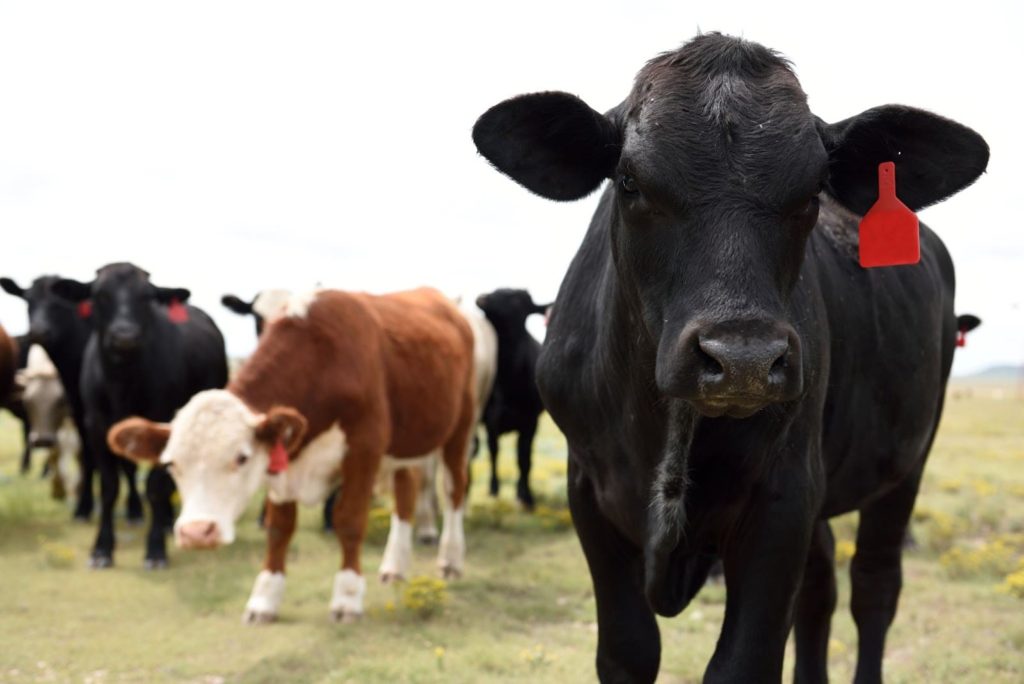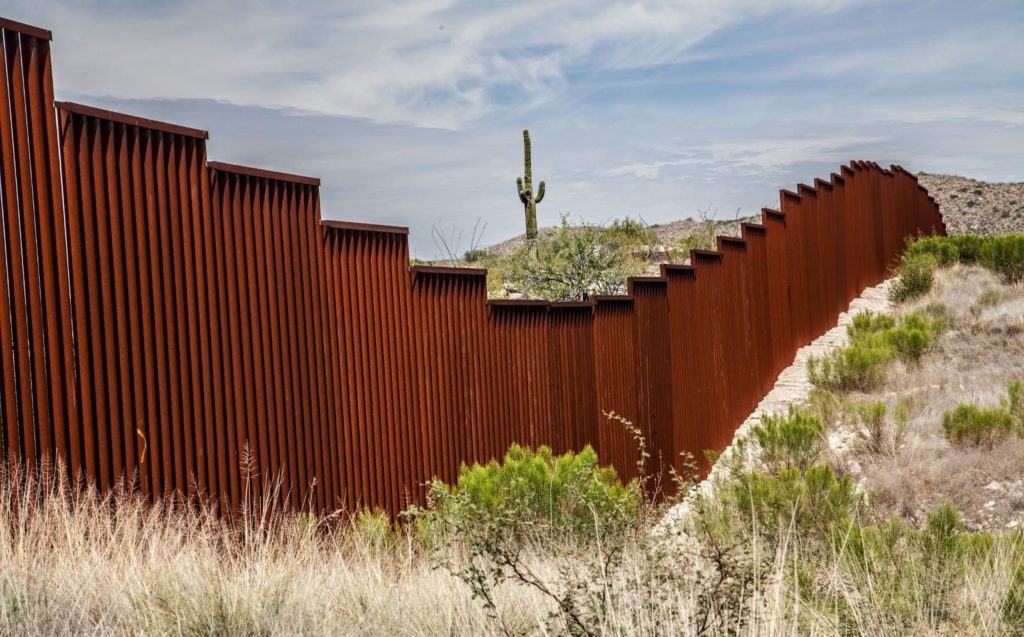Mexico Has Taken Over as the World’s Largest Live Cattle Exporter
Live cattle exports in Australia have been in slow decline lately. In contrast, Mexico has become the global leader in live cattle exports. For example, in 2020, Mexico exported 1.1 million head of cattle across the US border whereas Australia exported 1.05 million head of cattle.
In 2021, Mexican live cattle exports have experienced a slight decrease. However, they seem likely to maintain their position at the top of live cattle exports as exports from Australia also continue to reduce.
Key points
- Mexico has become the global leader in live cattle exports.
- A reduction in live cattle exports in Australia has led to Mexican exporters being world leaders.
- The US market is essential to Mexican cattle exporters and fluctuates depending on factors such as pricing and backlogs in cattle awaiting slaughter.
- Current forecasts suggest that Mexico will remain as the world’s largest live cattle exporter at least for the immediate future.
US essential to Mexico world’s largest live cattle exporter position
The live cattle trade with the US is essential to Mexico’s export figures. The estimated live cattle export figure from Mexico to the US for 2021 is 1.35 million head.
Given the importance of the US market, it’s hardly surprising that it has a strong hold on the performance of Mexican exports throughout the year. Fluctuations happen due to demand from the US and prices. For example, although the first quarter of 2020 was good for Mexican exporters. A backlog of cattle to be slaughtered in the US then caused a drop in prices.
This type of fluctuation is captured in United States Department of Agriculture (USDA) statistical data. It’s also worth noting that there are regular seasonal fluctuations for the Mexican live cattle export market. July and August are slow months.
The process of Mexico to US live cattle imports
Cattle being exported from Mexico are transported through gates on the border. Cattle are prepared in yards close to the border. They are then transported through at a designated time, into a receiving yard on the US side of the border.
In the case of the Mexican state of Sonora, the process is especially simple. This is due to the state being free from Bovine Tuberculosis. So, there is no requirement for a TB test.
At other crossing points, TB tests are carried out in the quarantine yard on the Mexican side of the border. This slows the export process considerably.
However, the process of testing is essential in preventing the spread of Bovine Tuberculosis. This work is an important part of the focus of the U.S.—Mexico Binational Committee for Tuberculosis, Brucellosis, and Cattle Fever Tick. The mandate to facilitate a safe cattle trade and eradicate Bovine Tuberculosis was put in place in 1993 and continues today.
The majority of the cattle exported from Mexico to the US are British or European breeds with a weight of slightly less than 200kg. Most of the trade is in steers with as little as 10% of the trade consisting of spayed heifers.
All cattle are required to have numbered ear tags, an RFID, and a Mexican “M” brand. On arrival in the US cattle rest and are then weighed again. Many of them are transported on the same day.
The borders are similar in feel to the Australian cattle landscape and the prices for cattle are fairly similar in Mexico and Australia. The main benefit that Mexico currently has over Australia is the demand from Texan ranchers who are benefiting from good rainfall. It’s positive factors like this demand which seem likely to keep Mexico at the top of the live cattle exports table for the immediate future at least.



